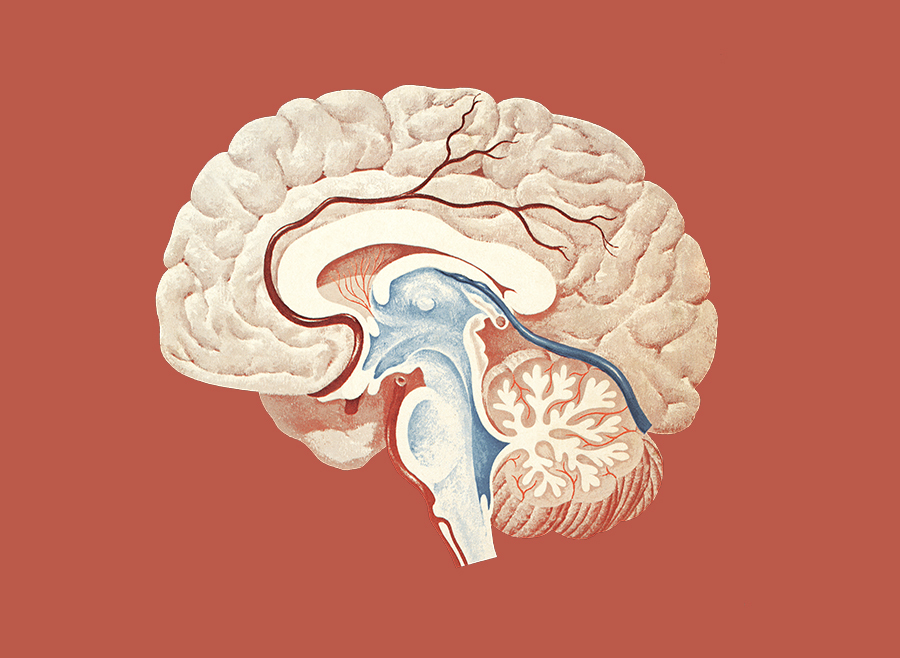
Fatigue, headaches and coughs were the most commonly reported symptoms of people with Covid-19 at the start of this year, according to data from the Office for National Statistics (ONS).
The symptoms were measured between December 1, 2020 and March 22, 2021 and were taken from people who had a “strong positive” test result – meaning there was a high viral load present.
You might notice these symptoms look slightly different to the classic symptoms the NHS warns people to look out for: a new, continuous cough, a high temperature, and a loss or change to your sense of smell or taste.
Sarah Crofts, senior statistician for the ONS Covid-19 Infection Survey, said the findings highlight the range of symptoms people can experience with the virus.
“The classic symptoms of fatigue, headache and cough are still the most commonly reported by those infected with the virus,” she said, “while only around one in five experience loss of taste or smell only.”
The most (and least) common symptoms
In March this year, 29% of those who had a “strong positive” Covid test result reported fatigue, while 28% reported a cough, and 26% reported a headache.
The ONS data found that overall, 36% of people reported the classic three symptoms. In addition to the cough (28%) above, these include fever (20%), shortness of breath (12%), loss of taste (14%) and loss of smell (14%).
The most uncommon symptoms of Covid in March 2021 were diarrhoea (6%) and abdominal pain (6%).
Overall, 47% of people testing positive had symptoms, while 53% were asymptomatic (meaning they didn’t have any symptoms), despite them having high levels of the virus in their body. “This underlines that people may unknowingly have the virus and potentially transmit it to others,” said Crofts.
In September, the UK’s Covid Symptom Study app listed headache, fatigue, loss of smell, fever and a persistent cough as the five most common symptoms of Covid-19.
At the time, lead researcher Professor Tim Spector, from King’s College London, told HuffPost UK the symptoms hadn’t significantly changed since the start of the pandemic in early 2020. Despite this, symptoms such as fatigue and headache still do not warrant a PCR test.
The National Institute for Health and Care Excellence (NICE) – which provides guidance, advice and information services for health, public health and social care professionals – lists a number of symptoms of Covid, split into three categories: mild, moderate and severe disease. The definitions are based on information from the World Health Organisation (WHO).
Mild disease
Most people with Covid experience fever, cough, fatigue, decreased appetite, shortness of breath and muscle aches and pain, according to NICE. Other non-specific symptoms such as sore throat, nasal congestion, headache, diarrhoea, nausea and vomiting have also been reported.
It’s worth noting children may report fever or cough less frequently than adults.
Older people and people who are immunosuppressed may present with atypical symptoms such as reduced alertness, reduced mobility, diarrhoea, loss of appetite, confusion and absence of fever.
Other ‘mild disease’ symptoms include:
- Loss of smell or loss of taste
- Neurological manifestations such as dizziness, agitation, weakness, seizures or findings suggestive of stroke including trouble with speech or vision, sensory loss, or problems with balance when standing or walking.
Moderate disease
This refers to pneumonia and describes adolescents or adults with clinical signs of pneumonia (fever, cough, dyspnoea, fast breathing) but no signs of severe pneumonia.
In children, the symptoms would be cough or difficulty breathing plus fast breathing or chest indrawing [the inward movement of the lower chest wall when the child breathes in] – and no signs of severe pneumonia.
Severe disease
In some cases, people go on to develop severe pneumonia. According to NICE, the clinical signs of this include the typical symptoms of pneumonia – fever, cough, dyspnoea and fast breathing – plus one of the following: a respiratory rate of more than 30 breaths per minute; severe respiratory distress; or an oxygen saturation level of less than 90%.
In children, it would present as cough or difficulty in breathing plus at least one of the following: a blue discolouration seen on the tongue and lips or oxygen saturation level of less than 90%; severe respiratory distress (for example, fast breathing, grunting, very severe chest indrawing) or inability to breastfeed or drink, lethargy or unconsciousness, or convulsions.



